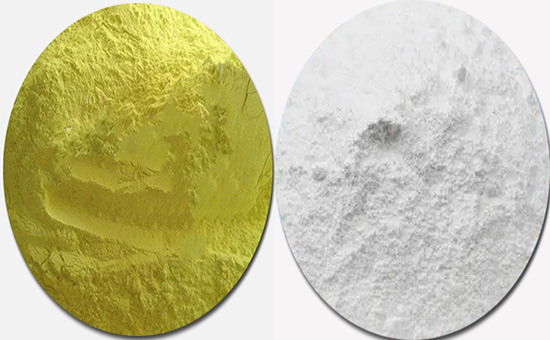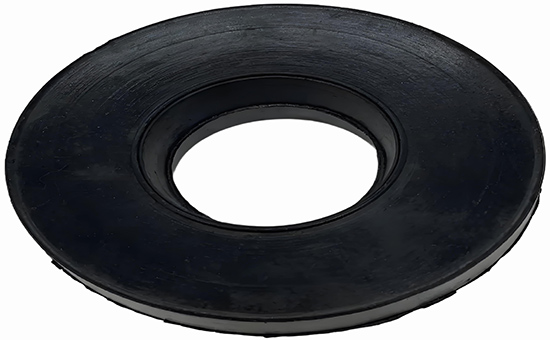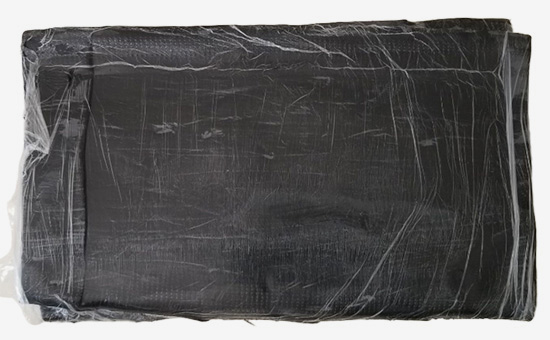Ethylene propylene diene monomer (EPDM) reclaimed rubber retains the basic performance characteristics of EPDM rubber, exhibiting excellent heat resistance, weather resistance, and aging resistance. It can be used alone or in combination with EPDM rubber and butyl rubber to produce shock-absorbing rubber products, effectively reducing raw material costs. When producing shock-absorbing rubber products with EPDM reclaimed rubber, a reasonable design of the vulcanization system can further improve the overall performance of EPDM reclaimed rubber shock-absorbing products.
1. Performance Characteristics of EPDM Reclaimed Rubber with Different Vulcanization Systems
EPDM reclaimed rubber vulcanized using an effective vulcanization system will form more mono-sulfur and di-sulfur bonds, enhancing the stability of cross-linking bonds, improving the heat resistance of the vulcanized rubber, with less creep and poorer dynamic fatigue properties. EPDM reclaimed rubber vulcanized using an ordinary sulfur system will form polysulfide bonds, providing better dynamic fatigue performance, while the heat resistance of the E5LYY512 rubber compound is relatively poor. EPDM reclaimed rubber vulcanized with peroxide systems shows good heat resistance and compression set performance, but the elongation at break is lower, and the tear strength and adhesion strength with metals are lower, resulting in lower vulcanization efficiency and some constraints during use.

2. Tips for Choosing the Vulcanization System for EPDM Reclaimed Rubber Shock-absorbing Products
(1) When producing shock-absorbing rubber products using EPDM reclaimed rubber, a peroxide/sulfur/accelerator mixed vulcanization system can be used to maintain high physical and mechanical properties, fatigue performance, dynamic performance, heat resistance, and low dynamic modulus. For example, when producing heat-resistant supports using EPDM reclaimed rubber in conjunction with EPDM rubber, a DCP/sulfur/accelerator CZ/accelerator TT system can be adopted.

(2) For shock-absorbing rubber products requiring high adhesion and tear resistance, a sulfur vulcanization system is generally used; for EPDM reclaimed rubber producing larger-sized shock-absorbing products, the vulcanization system's formulation mainly focuses on achieving longer scorch times and faster vulcanization rates to obtain good vulcanization processing properties.
(3) Considering mechanical performance and dynamic performance, increasing the amount of vulcanizing agent can enhance the cross-linking density, leading to increased stiffness of the EPDM reclaimed rubber compound, reduced damping coefficients and dynamic moduli, lower heat generation, and decreased creep and stress relaxation. However, excessive cross-linking can reduce the strength of the rubber compound and shorten fatigue life, so it is advisable to reasonably control the amount of vulcanizing agent.

When using EPDM reclaimed rubber or a combination of EPDM rubber/EPDM reclaimed rubber to produce shock-absorbing rubber products, manufacturers also need to reasonably design the reinforcing and filling system and the softening and plasticizing system, and continue to discuss related issues with you later.
Exclusive original article [commercial authorization] reprint, excerpt and excerpt in any form are prohibited without written authorization. Focus on Hongyun rubber: learn the process formula and raw material technology of producing rubber products from recycled rubber to help you reduce costs and increase profits